Hacienda Mirandillas Is the Promise of a Better Future
At the end of a long, winding road that runs through a town of four blocks and one street, lies the perfectly hidden Hacienda Mirandillas. It’s a story that commenced nearly four centuries ago before it was taken up in the modern day by Lourdes Bravo Reyes and her four daughters; Lourdes, Adriana, Mónica, and Mercedes.
At 7:15 a.m. coffee is poured and torta de papa passed around, the dry desert winds of El Llano, Aguascalientes, Mexico, chilling the bones. Five women stand before me laughing contagiously, reminiscing about the past. The sun has risen and I, the extranjera, am observing a family passionately devoted to ecology, love, and perseverance. There is more to it than the c.1641 ruins and the 80 hectares of land. There are the 4,000 newly planted agave plants, expected to clean the air and produce mezcal. But there is no water system, no donations, a governmental refusal to declare the site historical, and only four sets of hands to work the land.

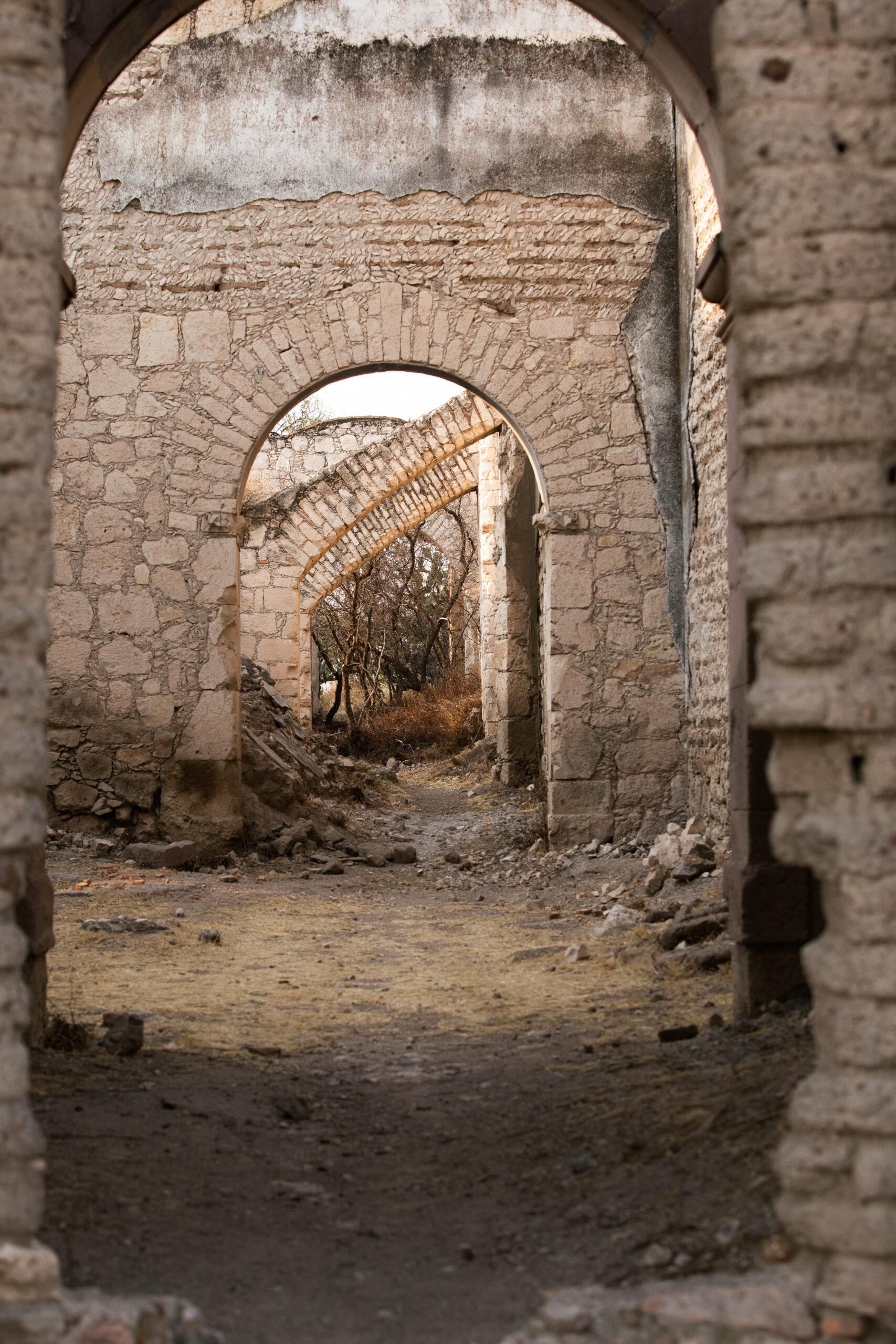
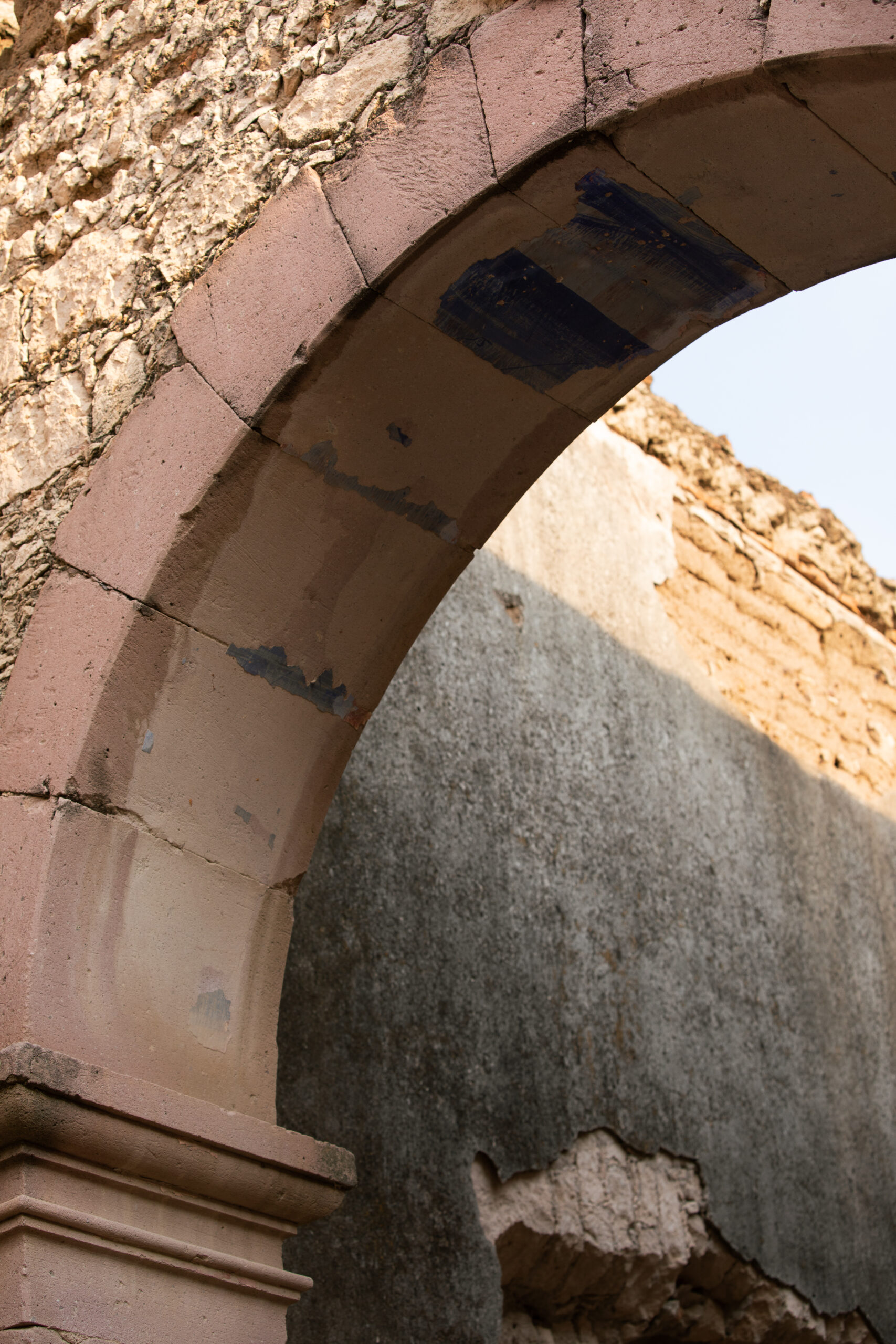
As I become immersed in the rich history of the hacienda, the women explain how, although records of the building date back to 1641, 1861 was the year that Hacienda Mirandillas came into their family’s possession. Fittingly enough, the person who purchased the territory was a woman: the widowed Do. In those times, a woman buying land (let alone a single woman) was unheard of, but Doña Guadalupe was not bothered in the slightest. She put her three children to work, and in 1905 her oldest grandson, Don Juan, purchased the land from his family, thereafter adding two more lots to total 900 hectares. Don Juan would have four children. The second eldest, María (Doña Mariquita), would eventually become great grandmother to the four sisters standing before me.
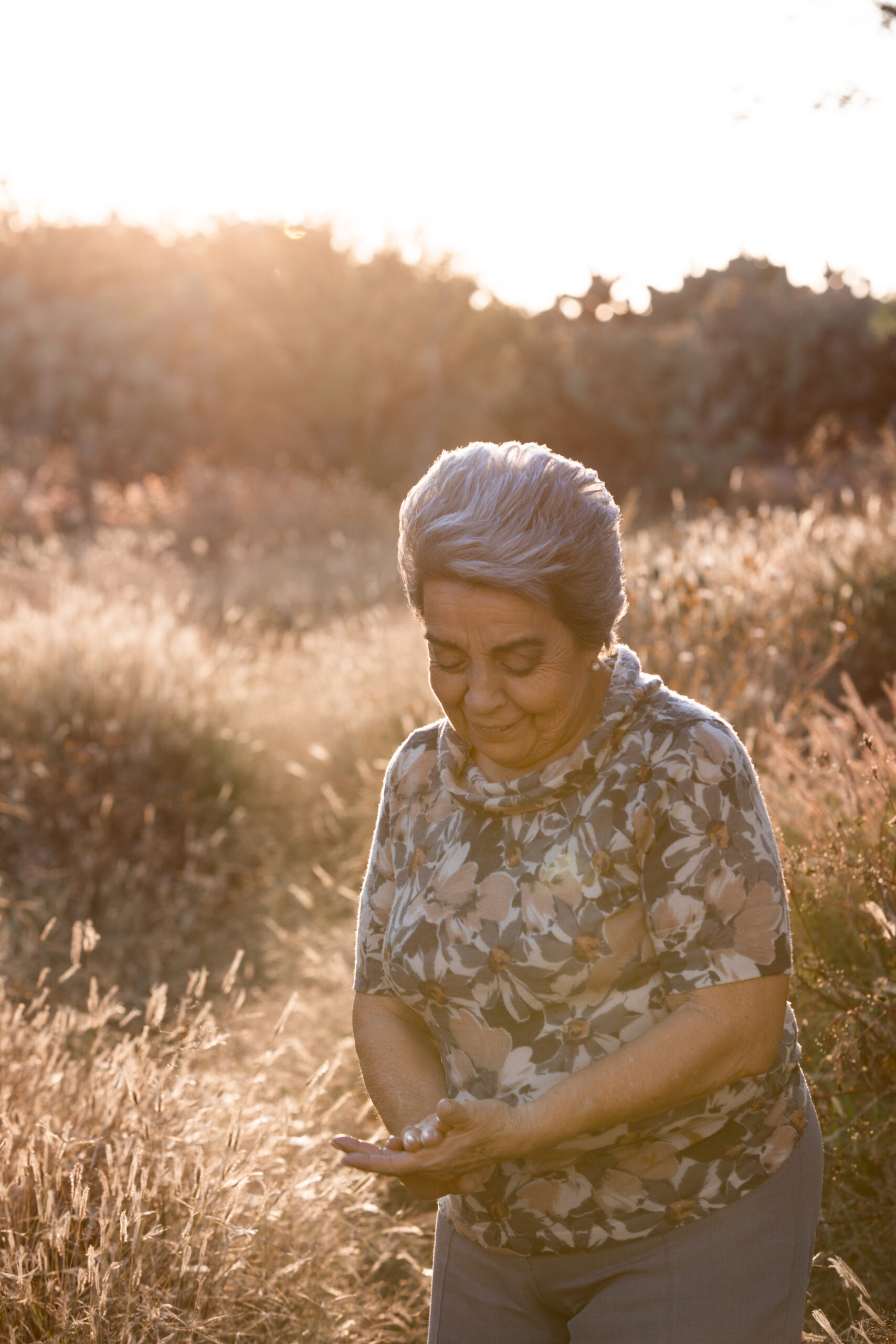
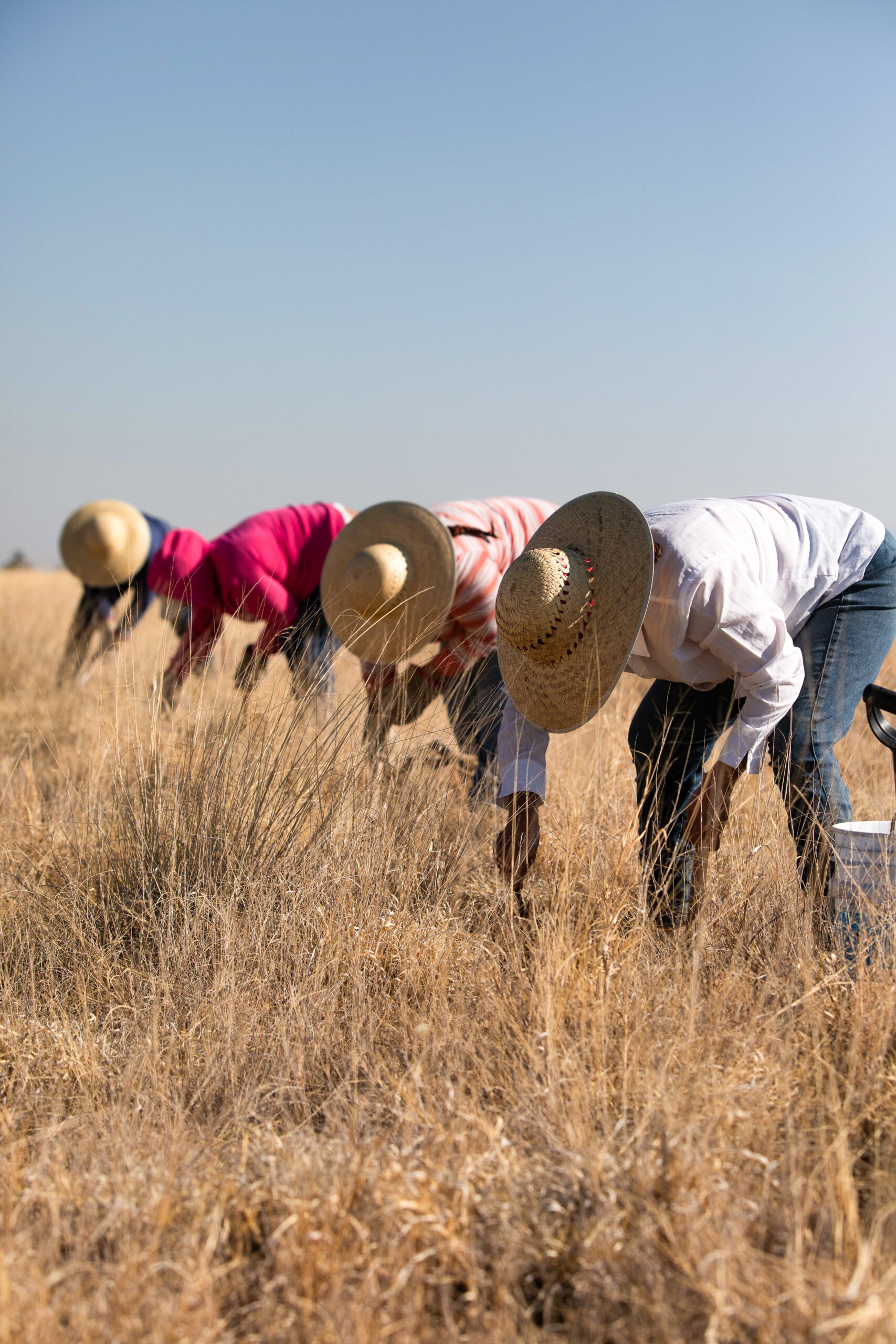
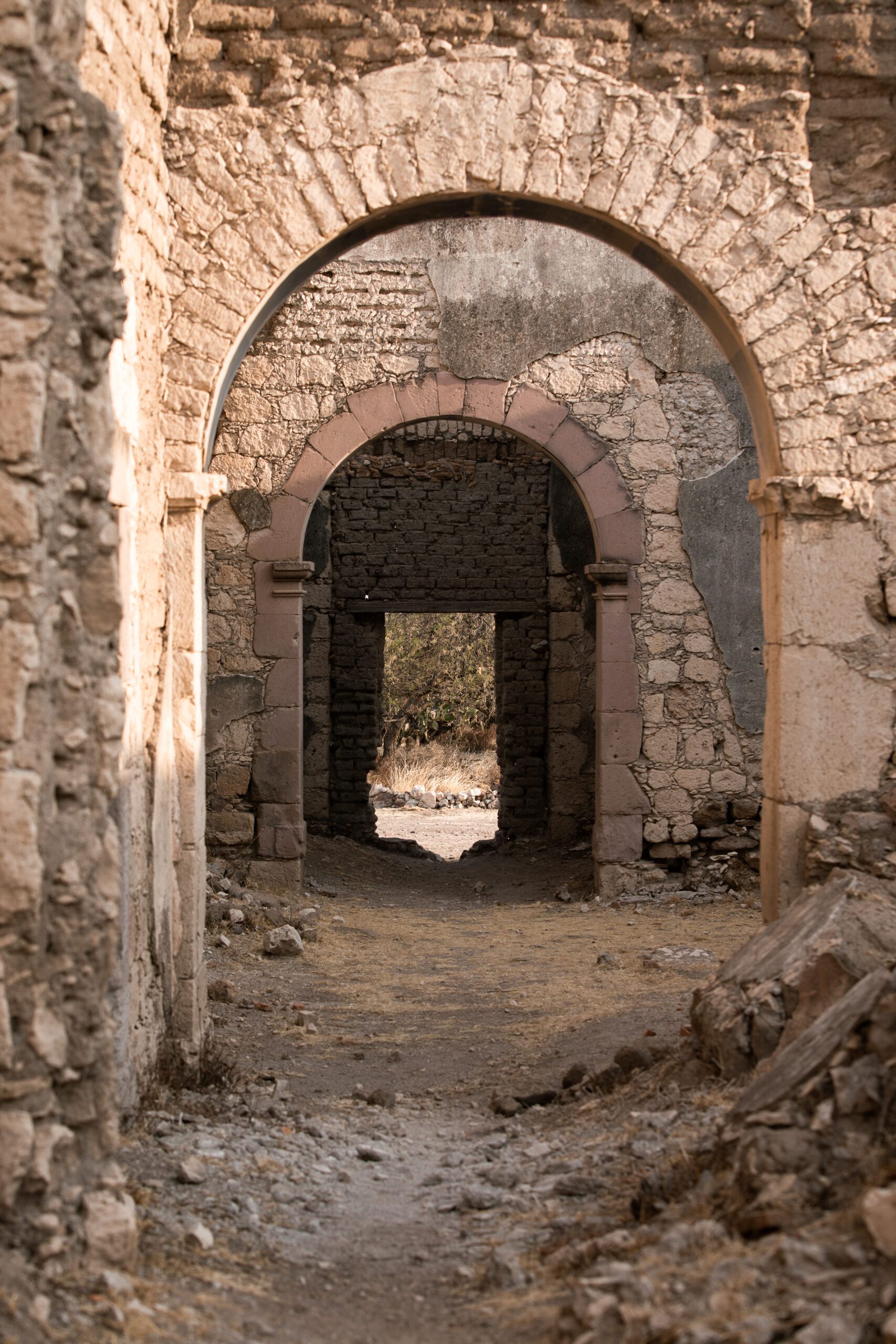
Breakfast concludes and we proceed to tour the main house, its crumbling stone walls with interstices of original painting peeking out from behind cacti and brush. The main entrance leads to what is now a barely distinguishable greeting room on the left and a chapel to the right. Two bedrooms and a dining room give way to the kitchen and a room that has caved in with a patio located around the corner. Next to the patio is an intriguing open space that no longer has a roof. It is believed this area was once the “casa de raya,” where the workers received their compensation—which in the 19th century consisted of goods, food, and clothes. There was also a lookout tower (which gives Hacienda Mirandillas its name). Due to its unique layout and ruined tower, some believe the hacienda was once used as a jail or precinct. I cannot help but wonder, will I catch a glimpse of a ghost or spirit? The women tell me the spirit of Doña Mariquita, who defended the land during the Mexican Revolution as owner of Hacienda Mirandillas, has been spotted on various accounts.
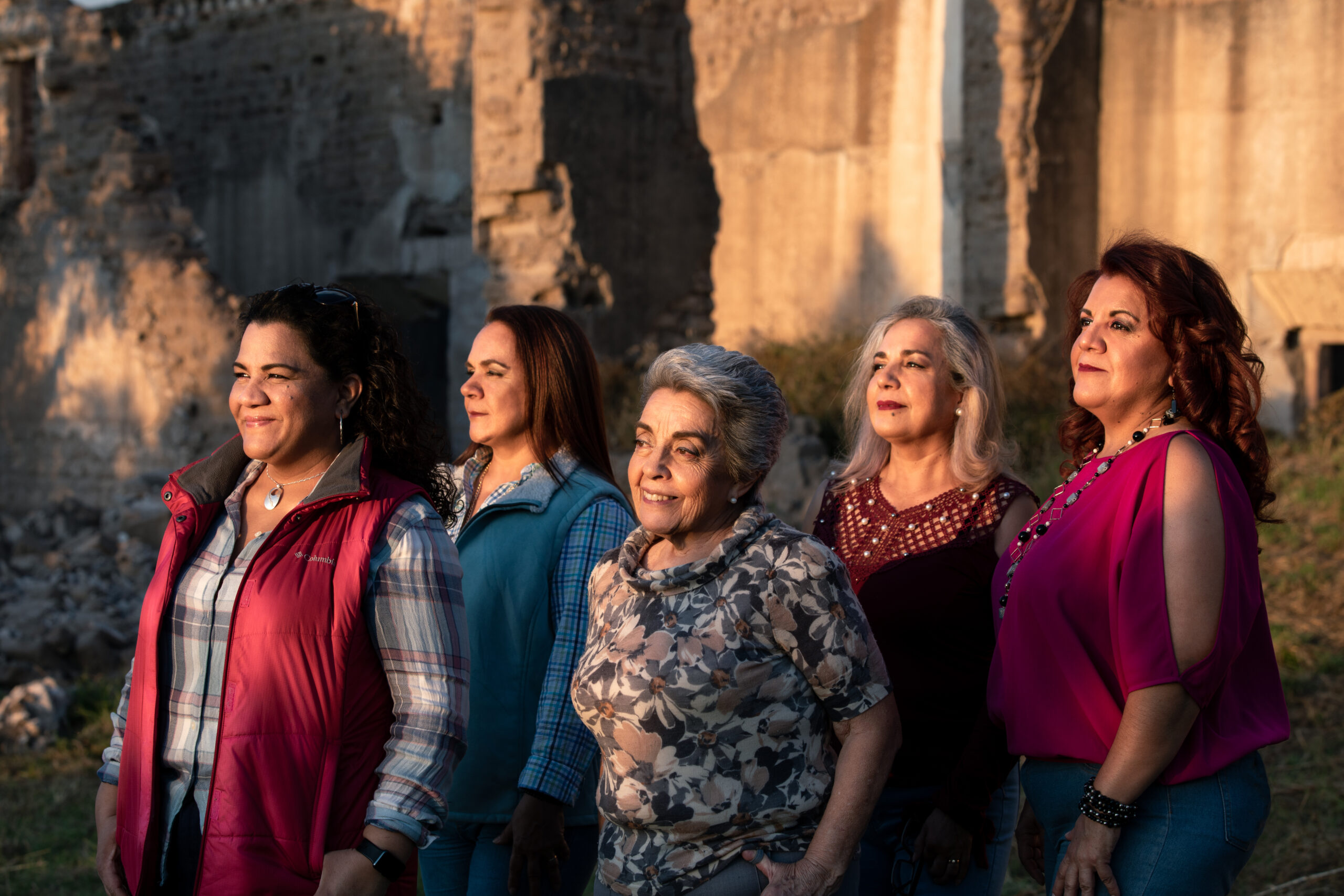

As we leave the house behind and begin wandering the adjacent nature, the four sisters recall childhood memories of running through the ruins and out to the field, where their father would be steering a tractor. “For me, Hacienda Mirandillas is the promise of a better future; it means the possibility of leaving a legacy that’s not just a piece of land, but a space that is open to all forms of life…where we live in harmony with a better future for our planet,” Luz de Lourdes Rocha tells me. Having been raised to recycle, limit water usage, and plant fruit trees, it is no wonder the Bravo Reyes sisters are so impassioned to expand awareness about environmentally responsible living. In 2018, the women gathered to discuss renovating and reviving the 80 hectares that remained in the family. They took advantage of the local agave plant, with which they could not only produce sustainable mezcal, but also make an environmental impact. In having 2,000 mature agave plants per hectare, the sisters estimate that 74 tons of carbon dioxide is sequestered per year. With this in mind, to date, the women have planted exactly 15,000 agave plants.
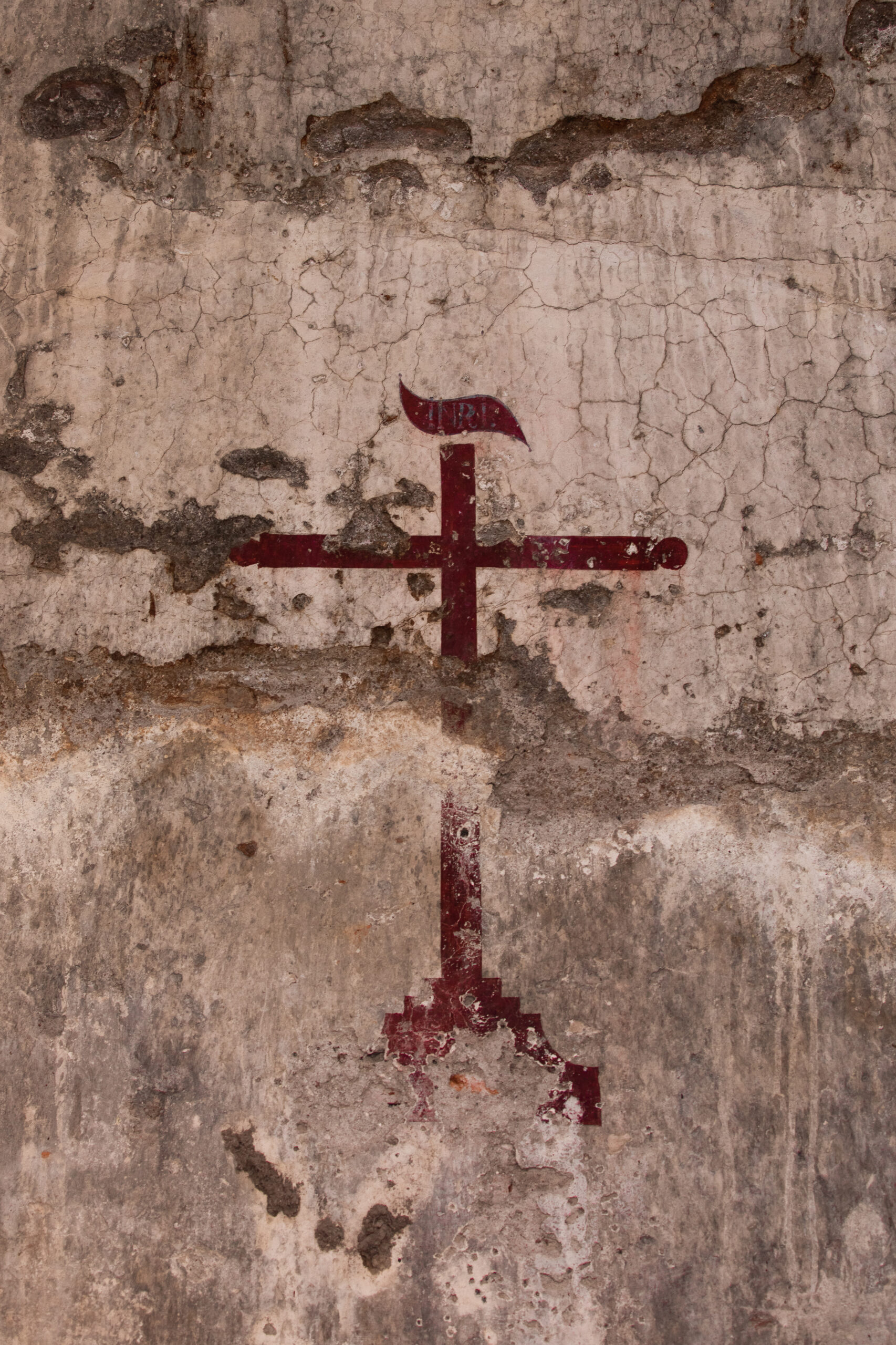
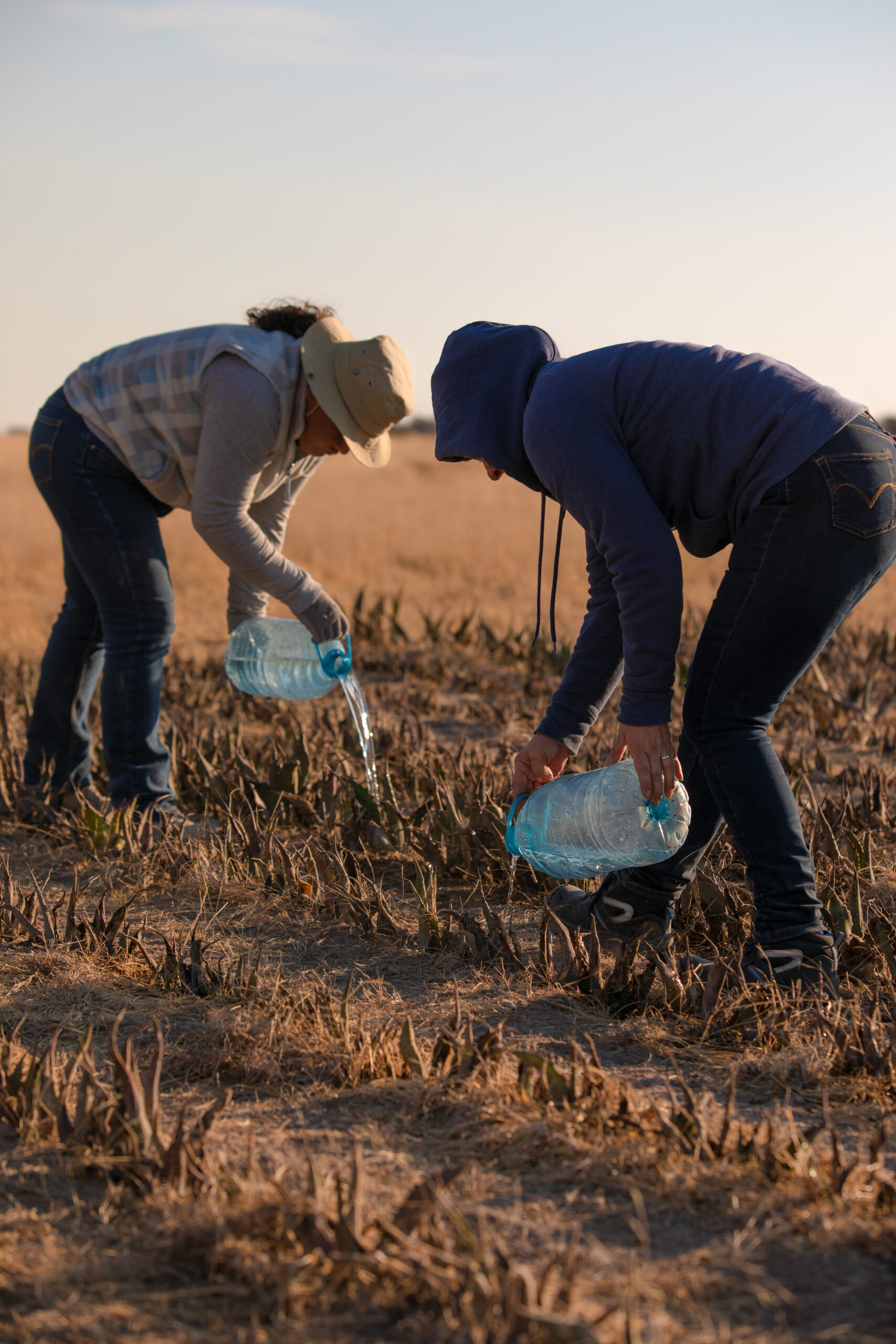
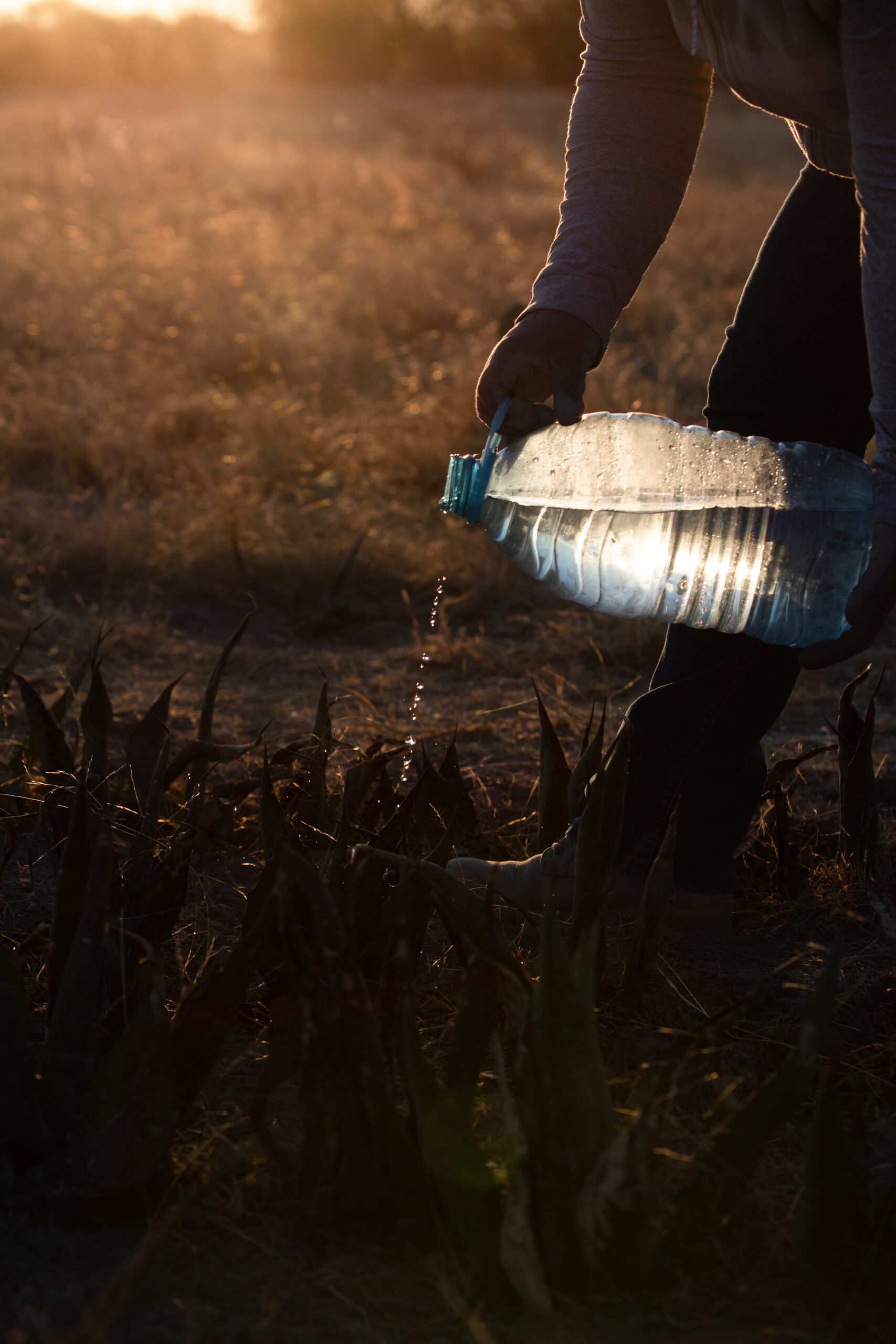
I pay witness to the women’s manual labour: the tilling of the soil, the tedium of manual irrigation. Yet all the while they are laughing and joking; one playing music from a cell phone, another checking on their mother to see if she prefers to sit somewhere else; there is harmony in what seemed like a pain-staking early morning. It is the exact harmony they are looking to create between the environment and themselves.
Renovations to the hacienda may be far from complete, but the place is teeming with a tradition of perseverance, palpable to all those who stop by for a cup of coffee and several generations-worth of stories.




